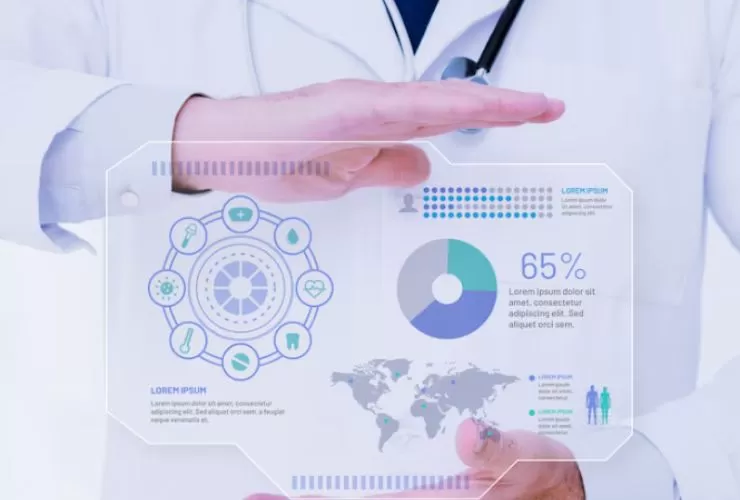In today’s fast-paced world, technology is reshaping nearly every aspect of our lives, and healthcare is no exception. Information technology (IT) is playing a pivotal role in transforming patient care, making healthcare services more efficient, accessible, and personalized. Let’s explore how IT is revolutionizing healthcare and improving outcomes for patients.
Enhancing Patient Care Through Electronic Health Records (EHR)
One of the most significant advancements in healthcare Information technology is the implementation of Electronic Health Records (EHR). EHR systems allow healthcare providers to store and access patient information in a digital format. This transition from paper records to digital databases enhances the accuracy and completeness of patient data, enabling healthcare professionals to make better-informed decisions.
EHRs improve communication between different providers, ensuring that everyone involved in a patient’s care is on the same page. This seamless sharing of information can lead to quicker diagnoses and more effective treatment plans, ultimately improving patient outcomes.
Telemedicine: Bridging the Gap
Telemedicine has gained immense popularity, especially in recent years. This technology allows healthcare providers to consult with patients remotely, using video calls or secure messaging systems. For patients, this means greater access to healthcare, particularly for those living in rural or underserved areas.
Telemedicine eliminates the need for long trips to healthcare facilities, saving time and resources for both patients and providers. It’s particularly beneficial for follow-up visits, where physical examinations may not be necessary. The convenience of telemedicine enhances patient satisfaction and encourages individuals to seek care when they need it.
Data Analytics: Empowering Decision-Making
Data analytics is another area where IT is making a significant impact in healthcare. By analyzing vast amounts of data from various sources, healthcare organizations can identify trends, improve patient outcomes, and streamline operations.
For example, predictive analytics can help identify patients at risk for certain conditions, enabling early intervention and personalized treatment plans. This proactive approach not only enhances patient care but also reduces healthcare costs in the long run.
Improved Patient Engagement Through Mobile Apps
Mobile health applications are empowering patients to take charge of their health. These apps allow individuals to track their symptoms, access educational resources, and communicate with healthcare providers more easily. By facilitating self-management, these tools improve patient engagement and adherence to treatment plans.
For instance, patients can set medication reminders or log their daily activities, which helps healthcare providers monitor progress and make necessary adjustments to treatment. This enhanced communication fosters a stronger patient-provider relationship and leads to better health outcomes.
Cybersecurity: Protecting Patient Information
As healthcare increasingly relies on technology, the importance of cybersecurity cannot be overstated. Protecting patient information is paramount, as breaches can have severe consequences for both patients and healthcare organizations.
Healthcare IT must prioritize cybersecurity measures to safeguard sensitive data. This includes implementing encryption, regular security audits, and staff training on recognizing phishing attempts. A robust cybersecurity strategy not only protects patient information but also builds trust between patients and healthcare providers.
Conclusion
The role of Information technology (IT) in healthcare is transforming patient care in unprecedented ways. From improving record-keeping through EHRs to enhancing access via telemedicine, technology is reshaping how healthcare is delivered. As we continue to embrace digital solutions, we can expect even greater advancements that will enhance patient outcomes and make healthcare more efficient and accessible for all.













